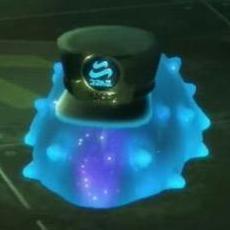Shit I've bought from eBay... #6 - HP MS228UK AiO Desktop PC
-
Recently Browsing 0 members
- There are no registered users currently online
-
Similar Content
-
- 7 comments
- 1,019 views
-
- 8 replies
- 773 views
-
- 0 comments
- 543 views
-
Shit I've bought from eBay... #7 - Viglen Genie Ultra Small (2009/2010)
By Novaer ,
- shit ive bought from ebay
- ebay
- (and 6 more)
- 0 replies
- 747 views
-
Shit I've bought from eBay... #8 - Acer Veriton L670G PC
By Novaer ,
- shit ive bought from ebay
- ebay
- (and 9 more)
- 0 replies
- 897 views
-



Recommended Posts
Archived
This topic is now archived and is closed to further replies.